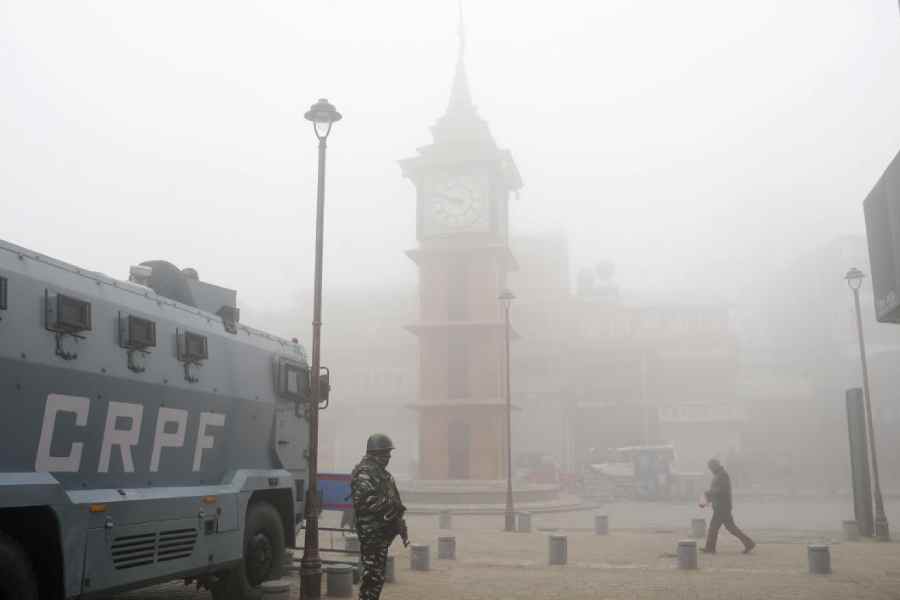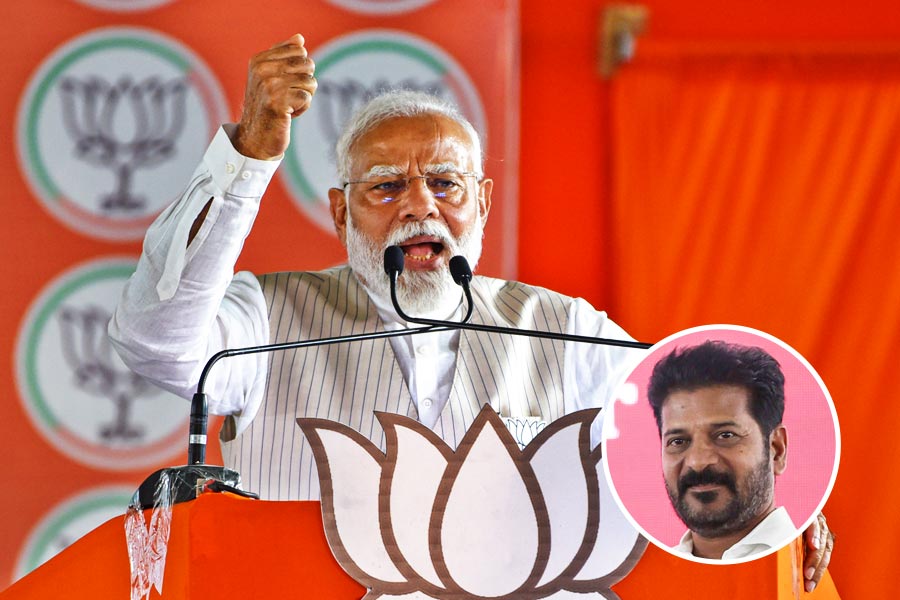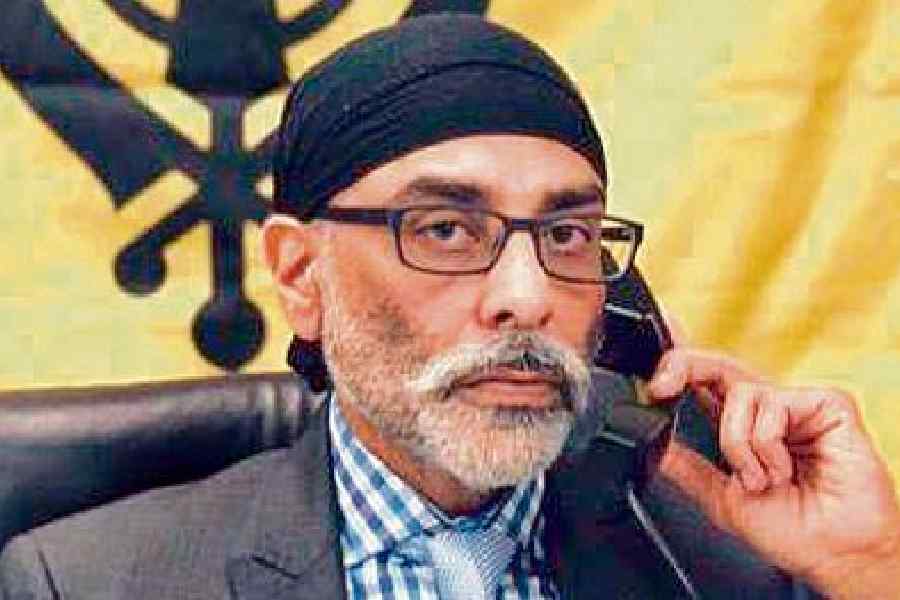It has barely been a month and a half since the judgment of the Supreme Court upholding the nullification of Article 370. Yet, it feels as if the judgment has already become a footnote in the relentless pursuit of the complete integration of Jammu and Kashmir into the rest of India. Politically, the refrain from August 2019 itself has been to ‘move on’, not squabble over historical constructs like ‘special status’ but chart a future for J&K that is peaceful, progressive and prosperous. Reduced terror incidents, increased tourist numbers and a cleaner Dal Lake have all been cited as evidence of such a future. While ‘moving on’ may have an instinctive appeal, it cannot cloud a dispassionate adjudication of the legality of Article 370. Yet, a careful reading of the judgment authored by the Chief Justice of India leads to the inescapable conclusion that this is precisely what has happened.
In recent times, there has been commentary on the CJI in reference to his visit to the Dwarkadhish temple in a saffron kurta and some comments he made there. This column might be mischaracterised as being in the same boat. That would be a mistake. Neither should a visit to a temple nor the donning of a saffron kurta by a CJI demonstrate his implied support for any political party, let alone an ideology. Let us not become a superficial country where one is not known by the content of one’s character but the colour of one’s kurta.
What is of greater concern than his sartorial choices or spiritual inclinations is that the reasoning employed by him in the Article 370 judgment is conceptually and logically dubious, with significant ramifications for the future of India as a federal democracy. The basic premise of the Supreme Court’s view that the nullification of Article 370 was valid is that the Article was “introduced with the purpose of enhancing constitutional integration and not disintegration.” That is why, the nullification of Article 370, which is the apogee of integration, making J&K just another part of India, fulfils this constitutional purpose.
The judgment makes a category mistake regarding this basic premise. Article 370 was a placeholder provision inserted into the Constitution because there was no substantive agreement between the leaders in Srinagar and New Delhi on the contours of the relationship between J&K and India. Till such agreement could be drawn up, Article 370 would function as a stop-gap. It had one overriding objective — all decisions relating to governance in the state would be taken collectively by the people of J&K represented by their government on the one hand and the people of India represented by the president on the other. If Article 370 had a fundamental purpose, it was neither integration nor disintegration with India but rather a scheme of collaborative decision-making. Contrary to this scheme, the actions of August 5 and 6, 2019, nullifying Article 370, despite the veneer of consulting the state (under president’s rule, those functions were being performed by Parliament) were unilateral actions by the Indian Parliament.
The court not only upheld such unilateral action but, in a twist of logic, also said that the Article fully authorised the president to act unilaterally. Consider the plain words of the Article on when the president can issue a notification to abrogate or nullify Article 370 — “Provided that the recommendation of the Constituent Assembly referred to in Clause (2) shall be necessary before the President issues such a notification.”
To anyone reading the Article, the word, “necessary”, signifies that the president cannot move ahead without a recommendation of the Constituent Assembly of J&K. In fact, this is how the Government of India interpreted the provision as well, moving to amend the requirement of recommendation by the Constituent Assembly with that of the state legislature. But the court, in two moves, found this recommendation to not be necessary. First, it said that the recommendation would not be binding on the president. Second, if the recommendation is made mandatory, it would lead to the freezing of the provision because no Constituent Assembly exists.
On the first ground, the court is right. But just because a recommendation is not binding does not mean that it should not be taken. If this logic were to be followed by the government when it receives recommendations from the collegium to select judges to the Supreme Court, then there is no need for the government to take collegium recommendations in the first place. The court should be careful in laying down propositions of law which might come back to haunt it later.
On the second ground, the provision could be made workable in a number of different ways despite the absence of the Constituent Assembly. As the government was trying, the Constituent Assembly could be replaced by the legislative assembly of J&K. Alternatively, there could be a new Constituent Assembly established in J&K for this purpose. Both of these are theoretical possibilities. Authorising the president to act unilaterally, flying in the face of the plain text of the Article and its stated intention, was not the only way to prevent a redundancy. The judgment is logically wrong on this ground.
What is most disappointing in this otherwise scholarly judgment is its reluctance to limit the powers of the president under president’s rule. While the court is right that the Constitution gives the president wide, untrammelled powers of the state government, all these powers are with a view to restore governance in the state.
But under the guise of restoring governance, can the state itself be fundamentally altered, partitioned and converted into two Union territories? If yes, should the government not have to show that no other alternative remained to bring back constitutional government to the state? By not requiring any standard of review worth the name, the court has ended up giving a free pass to future Union governments to ride roughshod over recalcitrant state governments. One may dismiss this as theoretical today but constitutional precedents have a way of springing back to life when one least expects them.
There may be a tendency to see this judgment by the CJI as a continuum stretching back to his judgment in the Ayodhya matter and, more recently, to his comparisons between the Hindu tradition and the Constitution. But that would be entirely reductionist and greatly disrespectful to an outstanding judge for over two decades. Even for such an outstanding judge, turning the clock back four years on such a sensitive matter was always going to be difficult. Moving on presented an easier alternative. As B.R. Ambedkar said in the Constituent Assembly, “but after all, the Chief Justice is a man with all the failings, all the sentiments and all the prejudices which we as common people have…” Chief Justice Chandrachud after all, is human. He will author better judgments and have better days. One hopes J&K will see better days too.
Arghya Sengupta is Research Director, Vidhi Centre for Legal Policy. Views are personal










